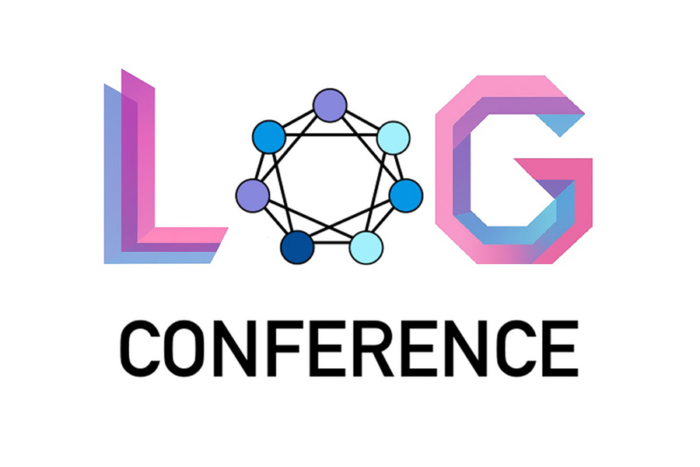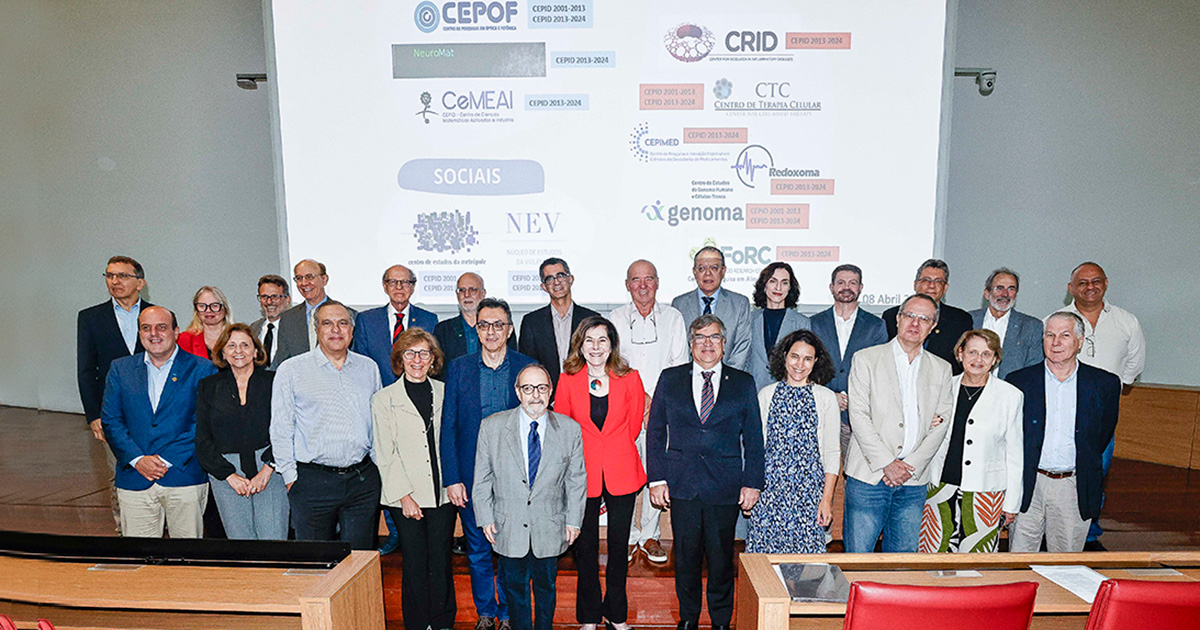Matthieu Jonckheere
The constant technological evolution and developments in the area of telecommunication lead to challenging research questions regarding performance evaluation and design of actual and future communication systems. Stochastic networks are mathematical models describing a wide variety of high dimensional complex systems, seemingly of very different nature, from telecommunication and information systems to manufacturing environments. An in-depth understanding of their dynamics is of critical importance for many applications, e.g., the dimensioning and implementing efficient control schemes for a wide range of wireless networks. In particular, characterizing the stability region (set of parameters where the network can function properly) of large networks is both a complex theoretical problem and the most crucial benchmark of performance analysis.
However, the scale of the order of components of these systems often makes low-dimensional tools of classical queuing theory useless to obtain appropriate performance evaluation tools and design efficient algorithms. On the contrary, scaling methods that have a lot in common with mechanical statistics, particle systems or large random graphs might be of great help to deal with such high-dimensionality.
In each case, the effect of local interactions are studied at a macroscopic scale, raising drastically different behaviors depending on a small number of macroscopic parameters like temperature and pressure, which can be translated for communication and information networks in terms of probability of transmissions and density of users. Another important component of many communication systems is the random locations of the components. An interesting line of research combines stochastic geometry and scaling techniques.
We provide here an introduction to various scaling techniques intervening in the analysis of stochastic networks and random graphs, allowing to connect the analysis and optimisation of very complex stochastic systems to simpler ones (deterministic dynamical systems or diffusions).
The course is designed to interact directly with the participants. Three sessions of lectures are scheduled (about 12 hours). The rest of the time will be reserved to solve networking problems by supporting and coaching the participants.
9.1.1 Scheduling:
Lecture 1 – An introduction to Markov processes and their scaling limits via martingales.
One dimensional examples: MM1 and MMinfinity.(4 hours).
Homework: some matlab examples of functional law of large numbers and diffusions approximations of MM1 and MMinfinity.
Lecture 2 – Multidimensional examples. Jackson networks.
Averaging principles. Connections with stability analysis.
Presentation of the problem of optimizing the transmission of a downlink wireless base station. Asymptotically optimal policies. (4 hours)
Home work: Code a two-dimensional example.
Lecture 3. Mean-field scaling limits. Principle and examples.
Presentation of a last example on communication on random graphs. (3 hours)
Home work: simulation of random graphs and exploration processes.
Lecture 4: questions and answers on the examples considered.(3 hours)
Languages: Presentations and coaching activities will be in english.
9.1.2 Bibliography
1) Markov Chains: Gibbs Fields, Monte Carlo Simulation, and Queues, P. Brémaud Springer
2) Convergence of Markov processes, notes, M. Hairer,
3) Markov chains and stochastic stability, S. Meyn and R. Tweedie,
4) Cambridge Stochastic networks and queues, Ph. Robert Springer






